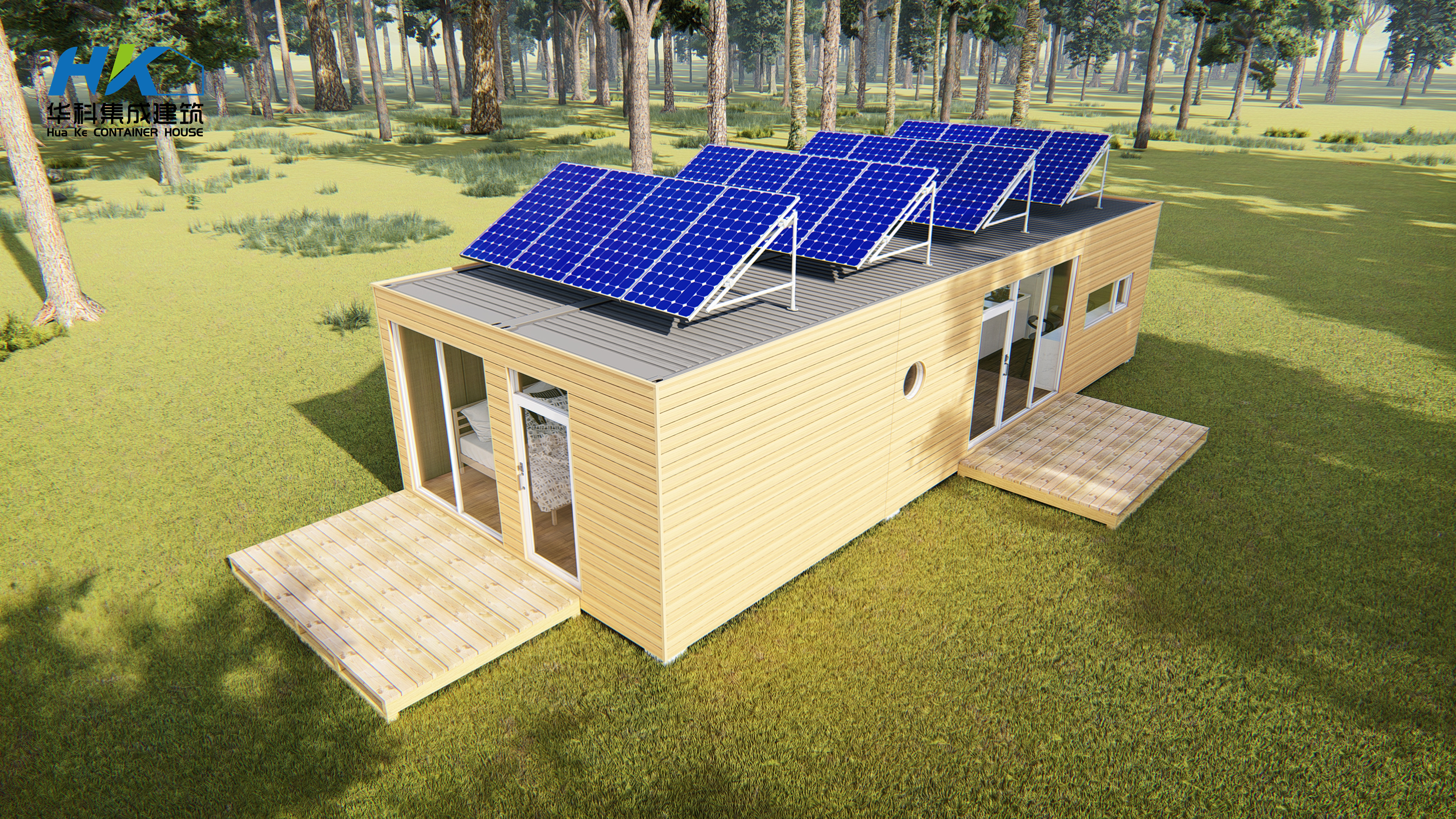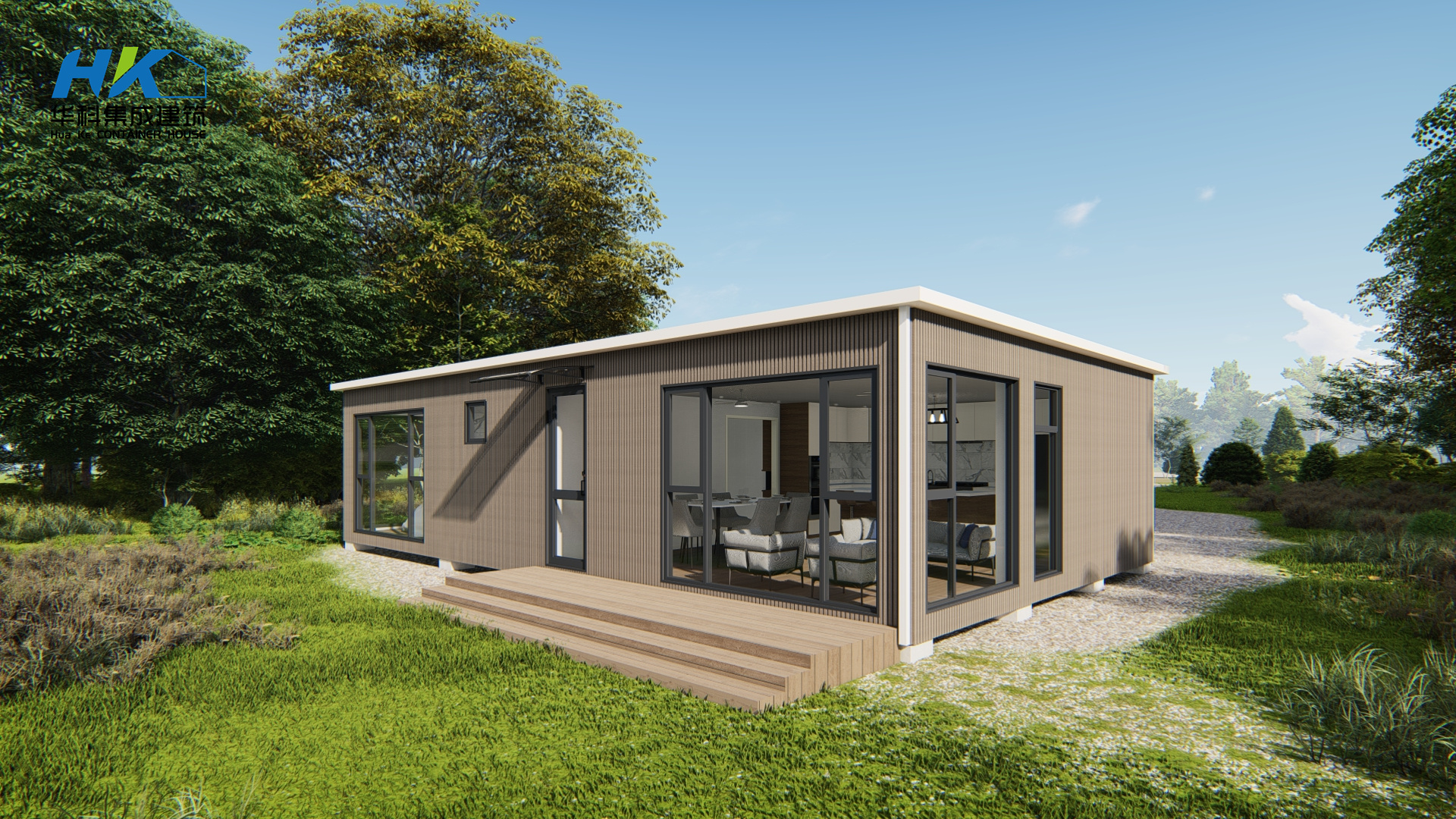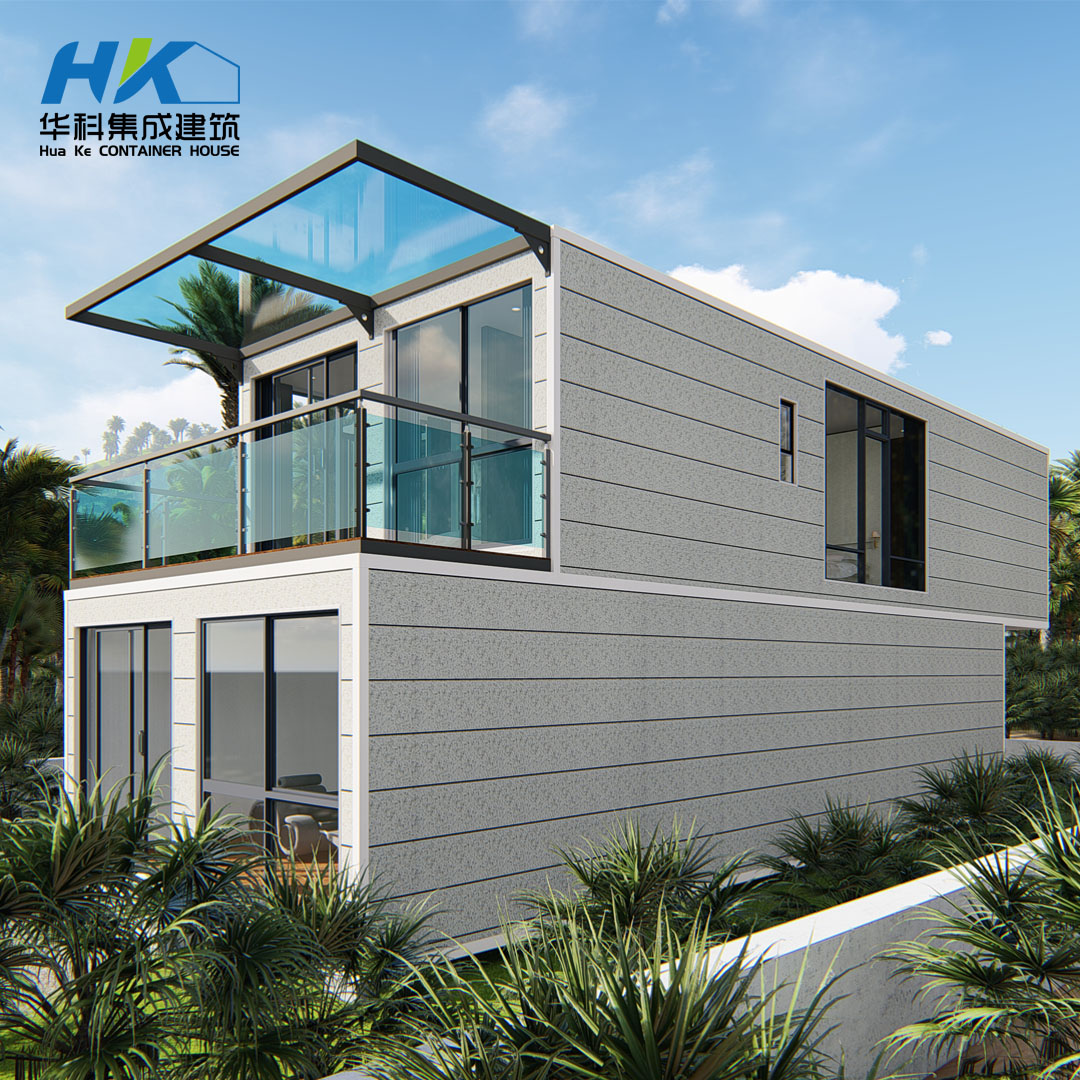Protection from the Elements: Cladding acts as a barrier against weather conditions such as rain, snow, wind, and UV rays. It helps to protect the underlying structure from moisture damage, rot, and deterioration. Insulation: Certain types of cladding can provide additional insulation, helping to maintain a comfortable temperature inside the cabin. This can lead to energy savings by reducing heating and cooling costs. 
Aesthetic Appeal: Cladding can enhance the visual appearance of a cabin, allowing for a variety of styles and finishes. This can increase the overall value of the property and make it more appealing to potential buyers or renters. Durability: High-quality cladding materials can extend the lifespan of the cabin by providing a durable exterior that withstands wear and tear over time.
Maintenance: Cladding can reduce the need for frequent maintenance on the underlying structure. For example, it can minimize the need for repainting or sealing wood surfaces. Fire Resistance: Some cladding materials are designed to be fire-resistant, providing an additional layer of safety for the cabin.
In summary, cladding is an important aspect of cabin construction and maintenance, serving both functional and aesthetic purposes.
Post time: Dec-19-2024






